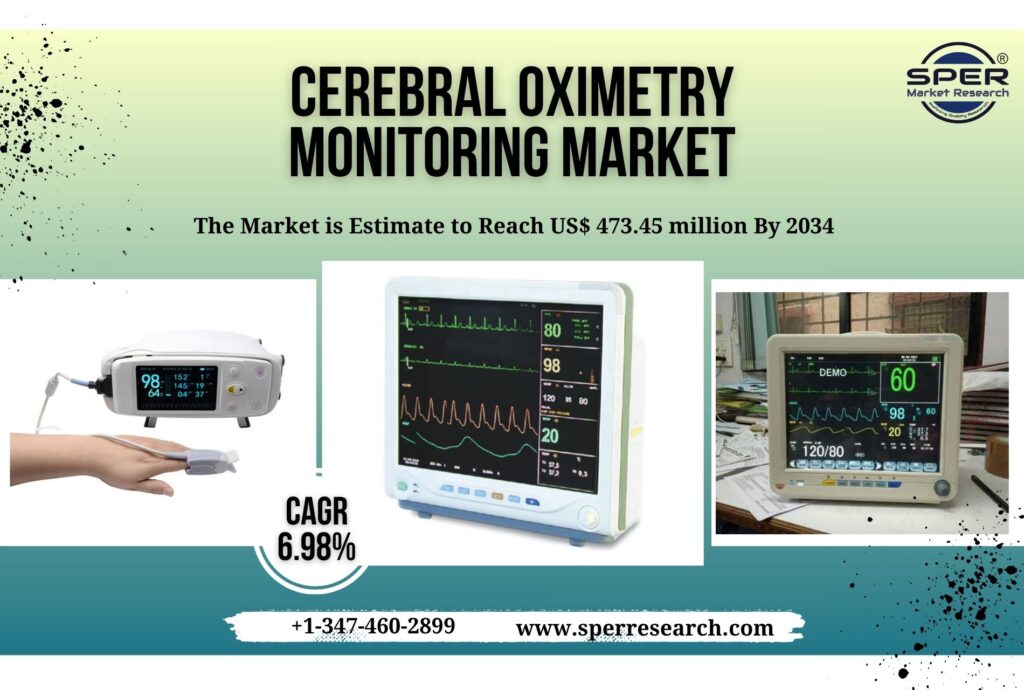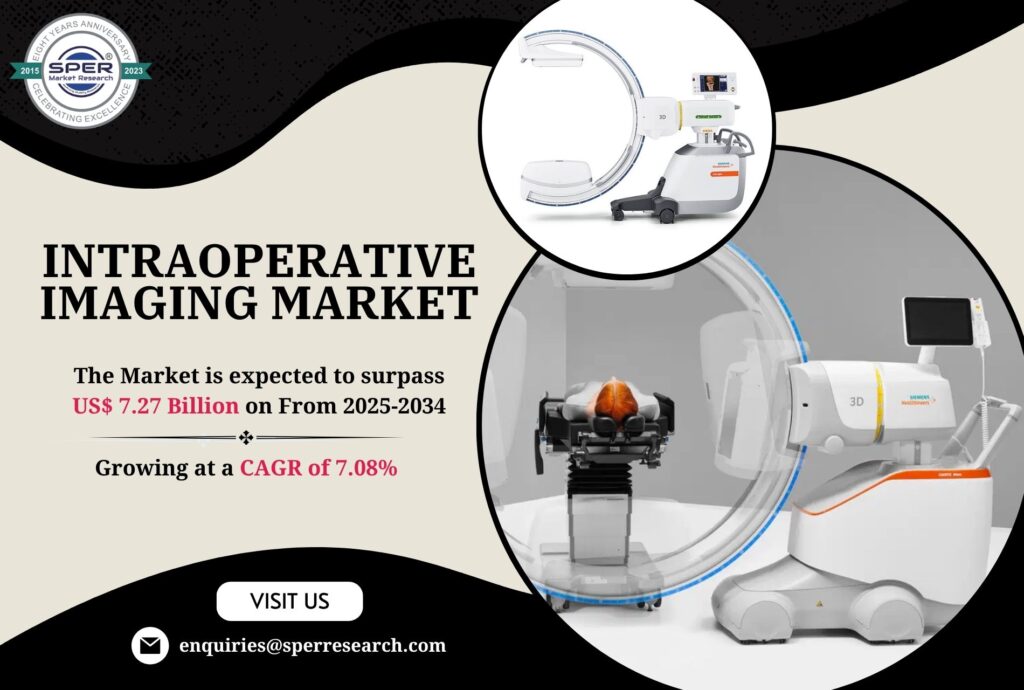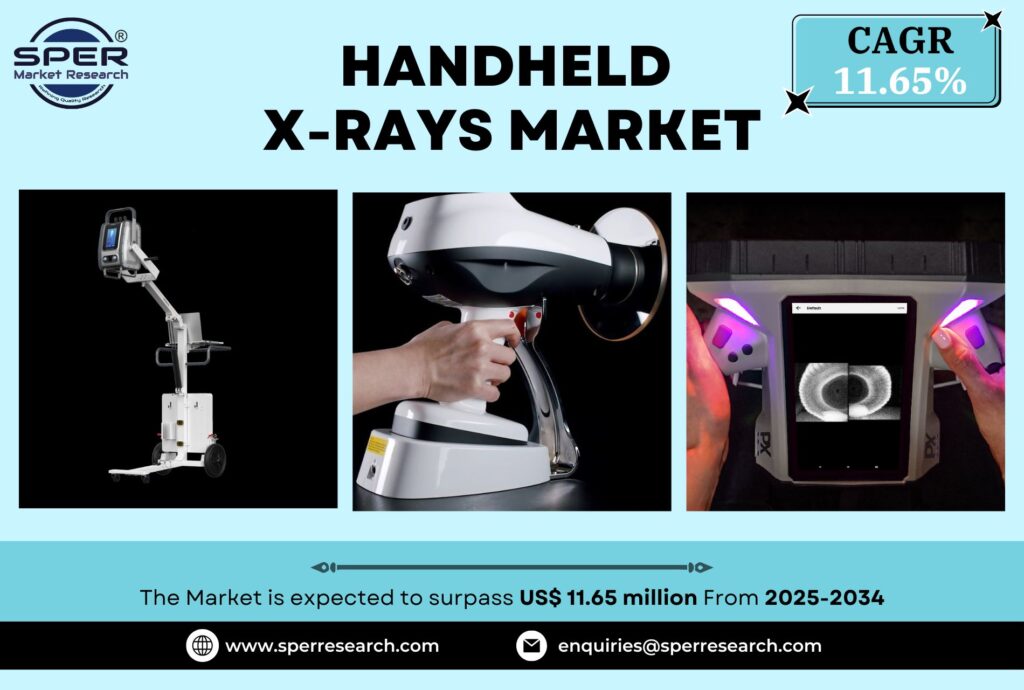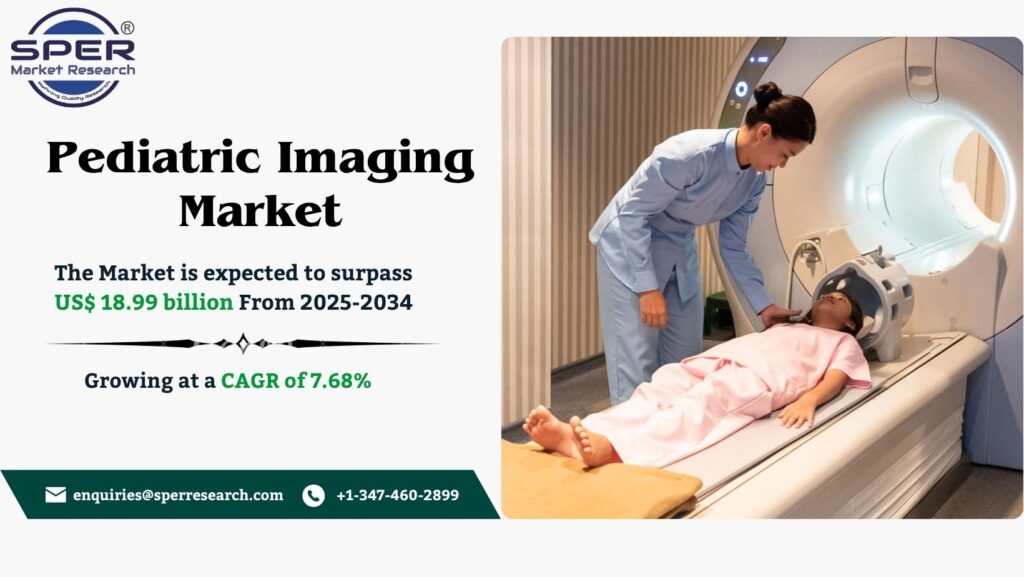Medical device testing services are essential as they ensure that medical instruments satisfy safety, performance, and regulatory compliance standards prior to receiving market approval. These services encompass biocompatibility testing, electrical safety testing, software validation, and mechanical testing to confirm device reliability and protect patient safety. Prominent testing service providers and regulatory authorities are making substantial progress in the methodologies used for medical device testing. Noteworthy advancements involve AI-driven automation in testing procedures, real-time monitoring of testing outcomes, and progress in both in-vitro and in-vivo biocompatibility assessments.
According to SPER market research, ‘Global Medical Device Testing Services Market Size- By Services, By Phase, By Device Class, By Mode, By End User – Regional Outlook, Competitive Strategies and Segment Forecast to 2034’ state that the Global Medical Device Testing Services Market is predicted to reach 20.94 billion by 2034 with a CAGR of 9.03%.
Drivers:
The demand for medical device testing services is being fueled by the increasing stringency of regulatory requirements and standards. Medical devices must undergo thorough testing and quality assurance protocols to ensure they are both safe and effective for patient use. The technological advancements in medical devices have resulted in the creation of increasingly intricate products, including implantable devices, diagnostic tools, and digital health innovations. Comprehensive testing is critical to verify the safety, reliability, and performance of these sophisticated devices.
Download Free Sample Detailed Report – https://www.sperresearch.com/report-store/medical-device-testing-services-market?sample=1
Restraints:
The escalating complexity of contemporary medical devices poses a challenge to the medical device testing services market. As these devices incorporate advanced software, sensors, and connectivity options, the testing processes must become more specialized. Conventional testing methods are increasingly inadequate; therefore, a more customized and technically sophisticated approach is frequently necessary. This transformation in testing requirements exerts pressure on service providers to enhance their capabilities. Not every facility is able to adapt swiftly, which restricts their effectiveness and consistency in testing these advanced devices.
In 2024, the Asia Pacific region held the largest share of the market. The demand for evolving medical device testing services in this region is anticipated to rise, supported by a well-established healthcare infrastructure and government initiatives. Additionally, the presence of a large and diverse patient population, along with the need for affordable treatment options, is contributing to market expansion. Some of the key market players are SGS SA, Nelson Laboratories, LLC, Laboratory Corporation of America Holdings, TÜV SÜD, Charles River Laboratories, and others.
For More Information, refer to below link: –
Medical Device Testing Services Market Size
Related Reports:
Follow Us –
LinkedIn | Instagram | Facebook | Twitter
Contact Us:
Sara Lopes, Business Consultant — USA
SPER Market Research
enquiries@sperresearch.com
+1–347–460–2899









